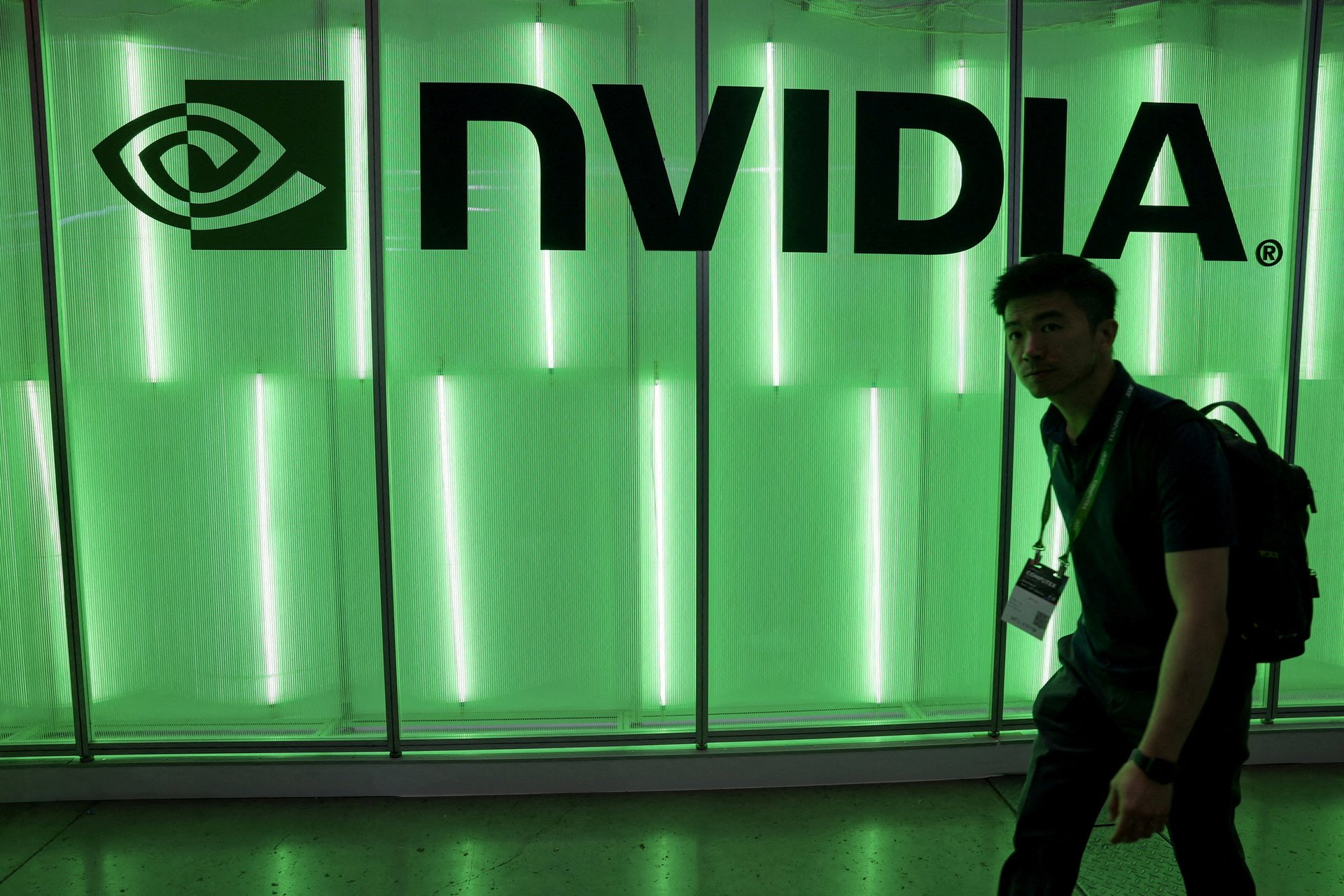Nvidia stock is trading for the first time after its big stock split. Here's what to know
The AI chipmaker's stock was split on a 10-for-1 basis

Nvidia stock began trading for the first time following a 10-for-1 share split on Monday morning. The AI chipmaker’s shares were largely flat after markets opened, at $120 per share, after dropping about 1% in pre-market trading. The stock closed at $1,208.88 per share on Friday, meaning the starting post-split price on Monday would be $120.88.
Suggested Reading
After reaching a record high on Tuesday, Nvidia split its stock after trading ended Friday. The company’s in-demand Hopper chips, which power some of the world’s most advanced generative artificial intelligence models, have propelled the company to record quarterly results and a $3 trillion valuation.
Related Content
Here’s what to know.
What is Nvidia’s stock split?
Nvidia’s 10-for-1 stock split is expected to boost demand for the shares further. In a stock split, the company increases the number of shares, reducing the share price, but the total dollar value of all shares outstanding remains the same and doesn’t affect the company’s valuation.
Nvidia’s 10-for-1 split means that, for each Nvidia share an investor owns, they will receive an extra nine after the split is completed. Thus, Nvidia’s stockholders will receive a higher number of shares at lower prices.
Nvidia’s strong earnings and new AI chips
Nvidia beat Wall Street’s expectations for its first-quarter earnings results, reporting revenue of $26 billion for fiscal year 2025 — up 262% from a year ago. The boost was driven by high demand for its Hopper GPUs, or graphics processing units, which are used in training and inferencing leading large language models (LLMs).
The chipmaker announced its next-generation Blackwell AI chip platform in March, and demand for both Hopper and Blackwell chips are exceeding supply, Nvidia CEO Jensen Huang said during the earnings call. He added that the company sees continued demand for Hopper despite fears of a pause as customers wait for Blackwell, which it expects to ship later this year.
Meanwhile, Nvidia already has Blackwell’s successors lined up, with Huang saying the company is “on a one-year rhythm” for releasing new chips.
Earlier this month, Huang announced the Blackwell Ultra chip set for 2025, and the next-generation AI chip platform, Rubin, which is coming in 2026. The Rubin platform will include new graphics processing units, or GPUs, a new central processing unit (CPU) called Vera, and advanced networking chips, Huang said.
